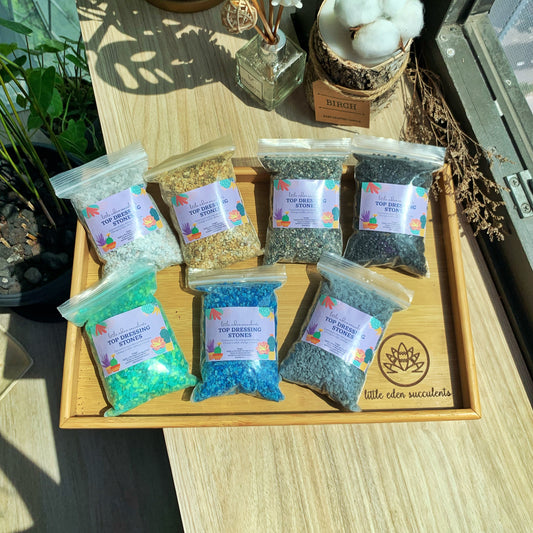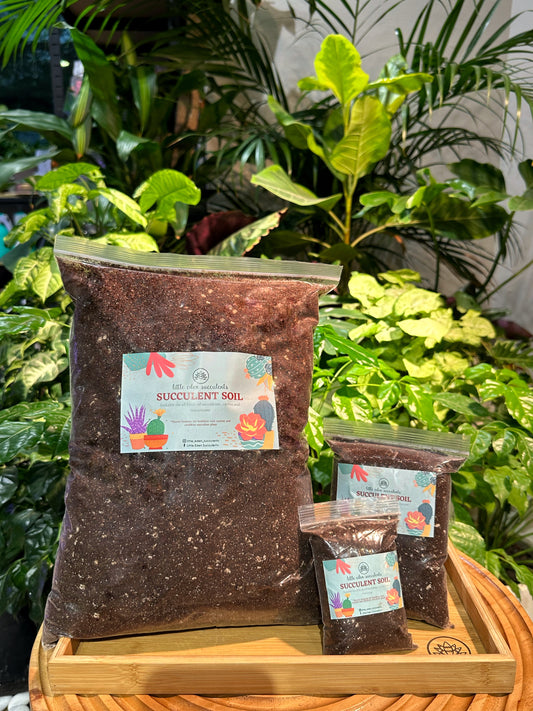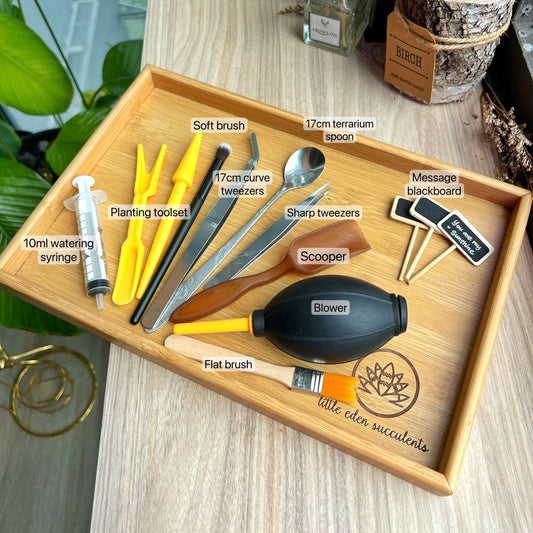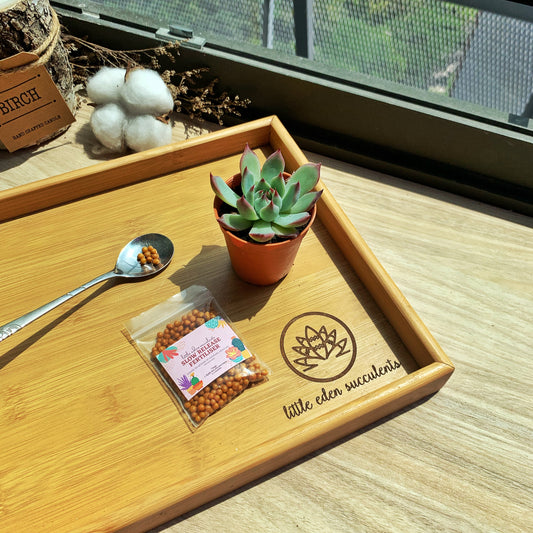Introduction
Watering succulents can be a bit tricky, especially for beginners. Knowing how frequently to water your succulents is crucial for their health and growth. In this article, we will provide you with valuable insights and tips on watering succulents to help you keep your plants thriving.
Table of Contents
- Understanding the Watering Needs of Succulents
- Factors Affecting Watering Frequency
- Testing Soil Moisture
- Monitoring Weight of the Pots
- Observing the Condition of the Leaves
- General Guidelines for Watering Succulents
- Conclusion
- Frequently Asked Questions (FAQs)
Understanding the Watering Needs of Succulents
Succulents are unique plants that have adapted to survive in arid environments. Their ability to store water in their leaves and stems allows them to endure long periods of drought. However, this doesn't mean they can go without water indefinitely. Finding the right balance is key to maintaining healthy succulents.
Factors Affecting Watering Frequency
The frequency of watering succulents can vary depending on several factors. Here are a few key considerations:
1. Pot Size
The size of the pot plays a significant role in determining how frequently you should water your succulents. For plants in smaller 5cm pots, watering once or twice a week is recommended. On the other hand, larger 10cm pots may require watering only once a week or even once every two weeks.
2. Soil Moisture
The moisture level of the soil is another crucial factor to consider. Different potting mixes and environmental conditions can affect how fast the soil dries out. Factors like soil composition and humidity levels can impact the watering needs of your succulents.
Testing Soil Moisture
To gauge the moisture content of the soil accurately, you can use a simple and effective method. Take a toothpick and gently poke it into the soil. Here's what to look for:
- Clean toothpick: If the toothpick comes out clean, it indicates that the soil is dry and it's time to water your succulents.
- Mud on the toothpick: If the toothpick has bits of mud on it, it means the soil is still moist, and you should wait for a day or two before watering.
Repeat this toothpick test each time you water to establish a watering schedule for your succulents.
Monitoring Weight of the Pots
Another way to determine if your succulents need water is by lifting the pots and assessing their weight. If the pots still feel heavy, it's an indication that the soil is retaining moisture, and you can wait a few more days before watering.
Observing the Condition of the Leaves
The condition of the leaves can provide valuable insights into the watering needs of your succulents. Different succulent varieties have distinct leaf characteristics. Here's what to observe:
- Chubby leaves (echeveria, graptopetalum, etc.): If the leaves start to wrinkle, it indicates that your plants need water.
- Thin and small leaves (golden moss sedum, blue spruce stonecrop, etc.): If the bottom leaves begin to wrinkle, it suggests that your plants require watering.
Keep in mind that succulents with chubbier leaves generally need less water since they have thicker leaves that can store water.
General Guidelines for Watering Succulents
While the information provided above offers a general guideline, it's important to understand that watering requirements can vary between different succulent species and individual plants. Here's a summary of key points to keep in mind:
- Consider the size of the pot and adjust watering frequency accordingly.
- Test the soil moisture using the toothpick method to ensure it's dry before watering.
- Lift the pots and assess their weight to determine if they still have enough moisture.
- Observe the condition of the leaves to gauge the watering needs of your succulents.
- Adapt your watering routine based on the specific requirements of each succulent.
Conclusion
Watering succulents correctly is essential for their overall health and growth. By understanding the factors affecting watering frequency and utilizing simple techniques like testing soil moisture and observing leaf condition, you can ensure your succulents receive the right amount of water. Remember, it's crucial to consider the individual needs of each succulent and make adjustments accordingly.
FAQs (Frequently Asked Questions)
-
Q: How often should I water my succulents?
- A: The frequency of watering depends on factors such as pot size, soil moisture, and leaf characteristics. As a general guideline, water plants in 5cm pots 1-2 times per week and plants in 10cm pots once a week or every two weeks.
-
Q: How can I test the moisture of the soil?
- A: Use a toothpick to poke the soil. If it comes out clean, the soil is dry and needs watering. If there's mud on the toothpick, wait for a day or two before watering.
-
Q: Can I rely on the weight of the pots to determine watering needs?
- A: Yes, lifting the pots and assessing their weight is a useful method. If the pots are still heavy, it's an indication that they have sufficient moisture.
-
Q: What should I observe in the leaves of my succulents?
- A: For succulents with chubby leaves, wrinkling indicates a need for water. For succulents with thin and small leaves, wrinkling in the bottom leaves suggests watering is required.
-
Q: Are these guidelines applicable to all succulents?
- A: While the guidelines provided are generally applicable, it's important to consider the specific needs of each succulent species and adapt your watering routine accordingly.





